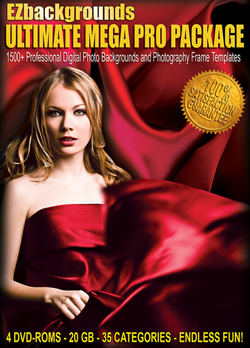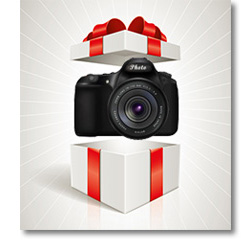EZLighting Guide: Distance & Color
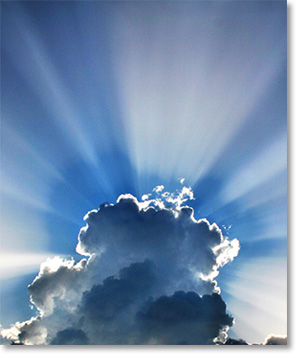
In our previous installment of EZBackgrounds’ EZLighting Guide, we covered the nature of light as a wave and how that affects its behavior regarding the angle and size of a light source.
In this article, we will discuss how light behaves in relation to the distance of a particular source.
In the Distance
The Law of Inverse Ratio. Sounds intimidating, doesn’t it? Like a law created by mathematicians that us regular folks can’t even tell if we’re breaking it.
If you think that’s bad, read the definition as it relates to light. “The strength of light is inversely proportional to the square of the distance from the source.”
The simplest summary of that definition is to say that, “light strength drops dramatically the farther it moved away from the subject.
For example, let’s say you were shooting with your flash one foot away from your subject and then you moved your light to two feet away from the subject. How much less light strength do you have on your subject at two feet away as opposed to when you had the light placed one foot away?
The intuitive answer would be half as much. Twice the distance away would be half the strength, right? Unfortunately, light doesn’t work that way. Actually, you only have a quarter of the strength at two feet that you did at one foot.
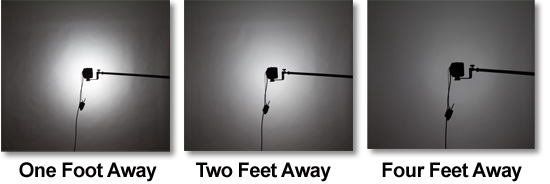
Every time you double the distance of your light source away from your subject, you are quartering the strength of that light. If you moved that light again to four feet away, you would have ¼ of ¼ the original light for only 1/16th the power of the original light.
Color Temperature
Without getting too much into the history of the measurement, suffice it to say that way back in the day a guy named Kelvin found that when he heated an iron bar to certain temperatures, it turned colors that are found in the world around us. The measurement of light color was named after Mr. Kelvin which is why you’ve probably seen the letter “K” after a degree statement.
You don’t have to know the exact assignments of degrees as much as you need to know that they exist. In the old days of film, we didn’t have white balance. We had to use film balanced for certain temperatures.
Today we have a few settings on the white balance function button. Even if most of today's cameras weren’t as good as they are at approximating color temperature, it’s a much easier process than before.
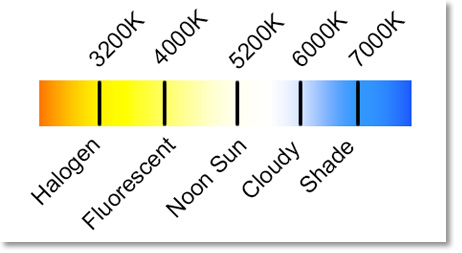
You really only need to concern yourself with five basic scenarios. Three outside temperatures are 7000K in the shade on a sunny day, 6000K on a cloudy day, 5200K in direct sunlight. Two indoor temperatures are 4000K with fluorescent lights and 3200K with a typical light bulb which is often called tungsten halogen light.
As a portrait photographer, your main concern about white balance is how it affects skin tones. So, if you don’t want your subjects to look like The Blue Man Group or the cast of Jersey Shore, make sure you have the right setting for white balance.
The vast majority of the time, the automatic white balance in your camera gets it right. If you are in a mixed light situation though, you will want to pay particular attention to your white balance settings. Here are a couple of EZTips for getting the proper white balance in your portraits.
Stay updated with all our new releases and articles by signing up for our free email updates. We only send emails once a week to keep you updated and we NEVER spam or share your information.
If you enjoyed this article, get email free updates
Article Takeaways
1. Light is cut by 3/4 every time the distance is doubled.
2. Color temperatures are as follows:
- 7000K - Outside in the shade
- 6000K - Outside on a cloudy day
- 5200K - Outside in the sun
- 4000K - Inside under fluorescent lights
- 3200K - Inside under normal light bulb (tungsten)
